It may be the smallest region in Georgia, but it boasts its own mineral waters, a sandy stretch of coastline, some incredible natural landscapes and an interesting museum or two. Check some of the highlights out below, but be aware there are many more in this little-touched region- so get exploring!
GOMIS MTA, GURIA
The mountain resort of Gomis Mta is a true fairy tale in the months of April and May, with its snowy cottages often guilty of leaving visitors breathless. Located at an altitude of 2100m, 17km from the Gurian capital of Ozugreti and a two-three hour drive from the Black Sea resort of Kobuleti, Gomis Mta is located in the river Bzhuzi gorge. Famous for its pine forests, panoramic views, Yellow Azalea flowers, beautiful mountains and cottages, it’s a location that proves popular and worth seeing year-round. Easily accessible from Ozurgeti by car, the Gomis Mta-Bakhmaro road (and its continuation to the village of Danisparauli) provides visitors with sublime opportunities for off-roading and exploring the Adjaran mountains, an area inhabited by Georgian Muslims. Gomis Mta can also offer itself as the starting point for some great hiking routes to Chinchao, Bakhmaro or Tbikeli Lake.
NABEGHLAVI
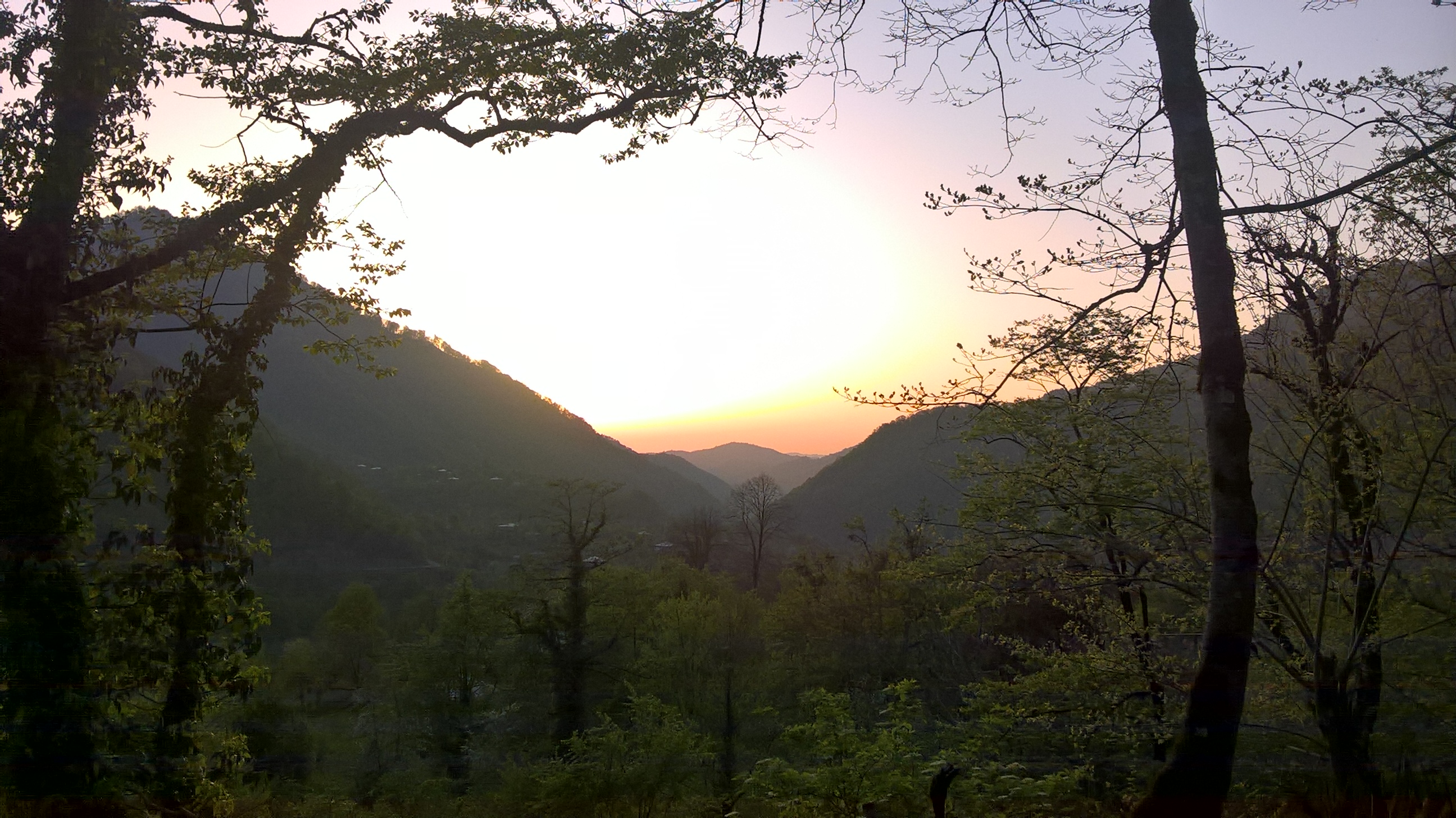
Upper Nabeghlavi is a village almost invisible from the main road, perched on the steep sides of the gorge above the Nabeghlavi mineral water bottling factory (which also employs many of the residents). The village, spread across the mountain, with wooden houses connected by unpaved roads, has nothing in particular to offer tourists but its plain originality. There is a defunct community center, now fallen to semi-ruin, which in soviet times had a cinema and social club within. A renovated school serves around 50 children. There is no shop as such- if you don’t grow it and can’t buy it from a neighbor, then the nearest option is Chokhatauri town 19 km away. Cows, pigs and chickens roam at will.
NODAR DUMBADZE MUSEUM
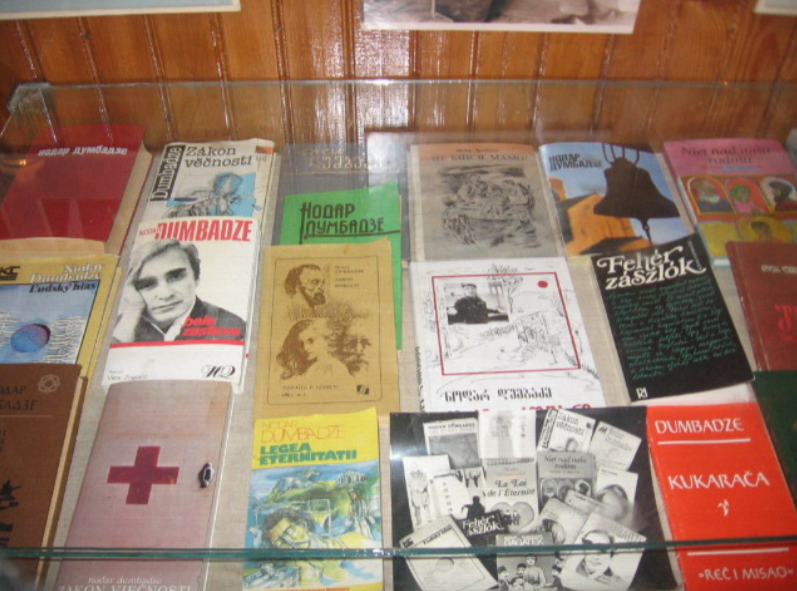
Though this famed Georgian children's writer actually lived down the road from this house, it was built after his early death to his design. Up the stairs you'll find a vast photo archive showing him and his family and associates, his books in various languages, his office furniture and even a plaster death mask. In the yars is a small outdoor ethnographic display of traditional cooking and winemaking instruments used in Georgia. The guide, a family friend, can tell you some great stories about Nodar (1928-1984), but only in Georgian and Russia, so be sure to take a translator. There's a nice little garden outside with a great view over the Gurian countryside.
Khidistavi village, Chokhatauri
(+995) 555 11 04 64
Tues-Sun 10 AM - 5 PM
BAKHMARO
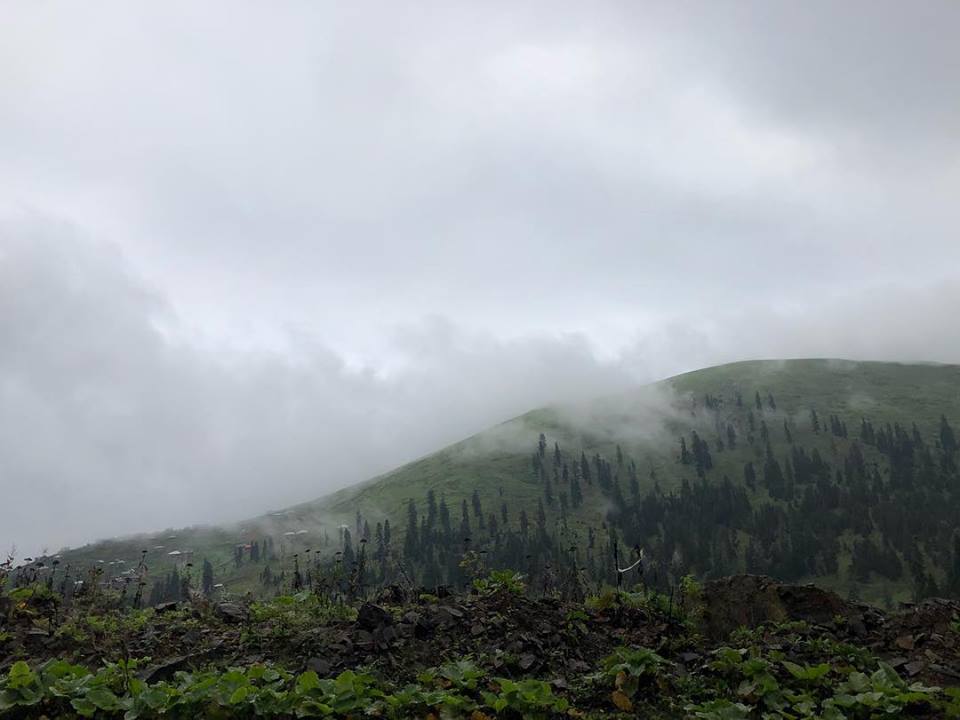
Bakhmaro is a unique, must-visit mountain resort located in Georgia's yet-to-be-fully-exploited Guria region at 2050 meters above sea level.
On the drive up to Bakhmaro, you'll pass the Nabeghlavi mineral water resort (well worth a stop!) and will get to see small beautiful cottages surrounded by a picturesque view of the mountains and nature.
Most locals still use horses to move from one place to another in Bakhmaro and every evening, people light bonfires in front of their houses to hold back the chill, even in summer. Fog is also quite common here, which makes the views and nature even more stunning.
Try to plan you trip to Bakhmaro to coincide with the August 19 horse competition, a tradition of the village. In winter, the snowfall essentially blocks the road up to all but the bravest riders and those with hardy 4x4s.
OZURGETI & THE FINE ARTS CENTER
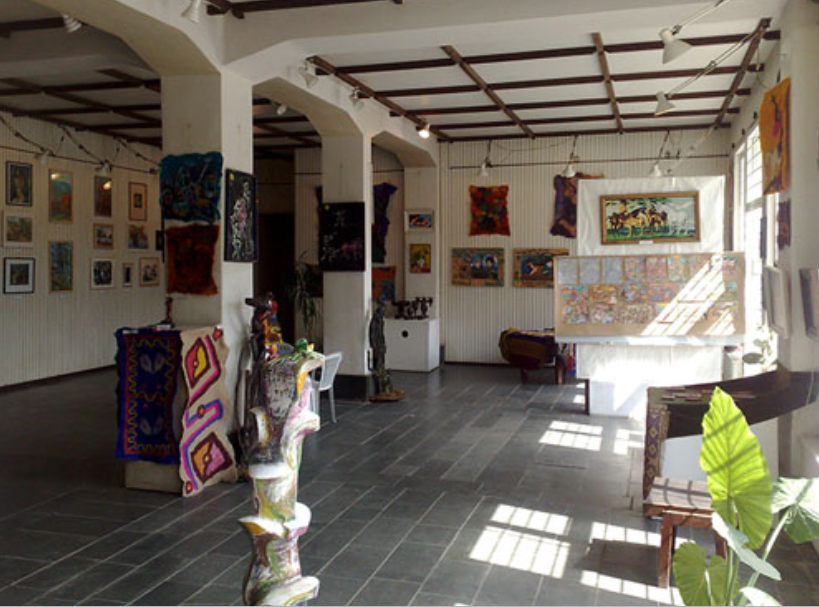
Ozurgeti is the center of inner-Georgia, served by train from Tbilisi. It boasts spring water baths, much like those in Tbilisi, and a (re)growing cultural life. This is true Georgia, bouncing back from the darker civil-war years.
The Arts Center in the town houses a collection of works by well-known Georgian artists, among them Lado Gudiashvili, Elene Akhvlediani, Gia Bughadze and Giorgi Jashi. You can also see samples of folk handicraft in woodcuts, embroidery, kilims and tapestries.
OZURGETI HISTORY MUSEUM
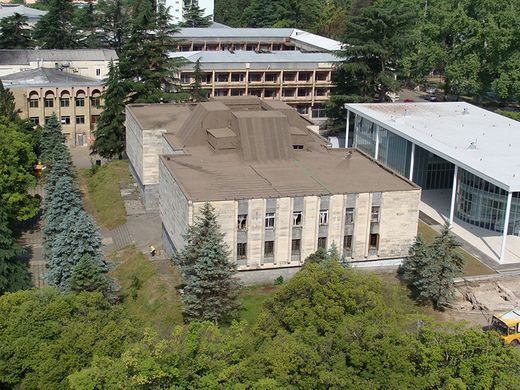
The Ozurgeti History Museum is a historical-ethnographic museum and the biggest museum in the Guria region. The museum was founded in 1936. During Soviet times it was located in the Gurieli Palace.
Today, it has its own building hosting collections from the Neolithic Age. Visitors can see unique examples of Early, Middle and Late Bronze Age Colkhian culture, burial ground stocks from the Iron age, ancient silver and gold items from Europe, Turkey, and Alexander the Great, and important historical books. There are over 6000 exhibits dating as far back as the 9th millennium BC.
Just off the main road from Batumi to Kutaisi, the museum makes an interesting stop off when travelling between the two cities. Entrance is free.
9 Chokhatauri Street
(+995) 496 75827
10 AM – 6 PM
UREKI
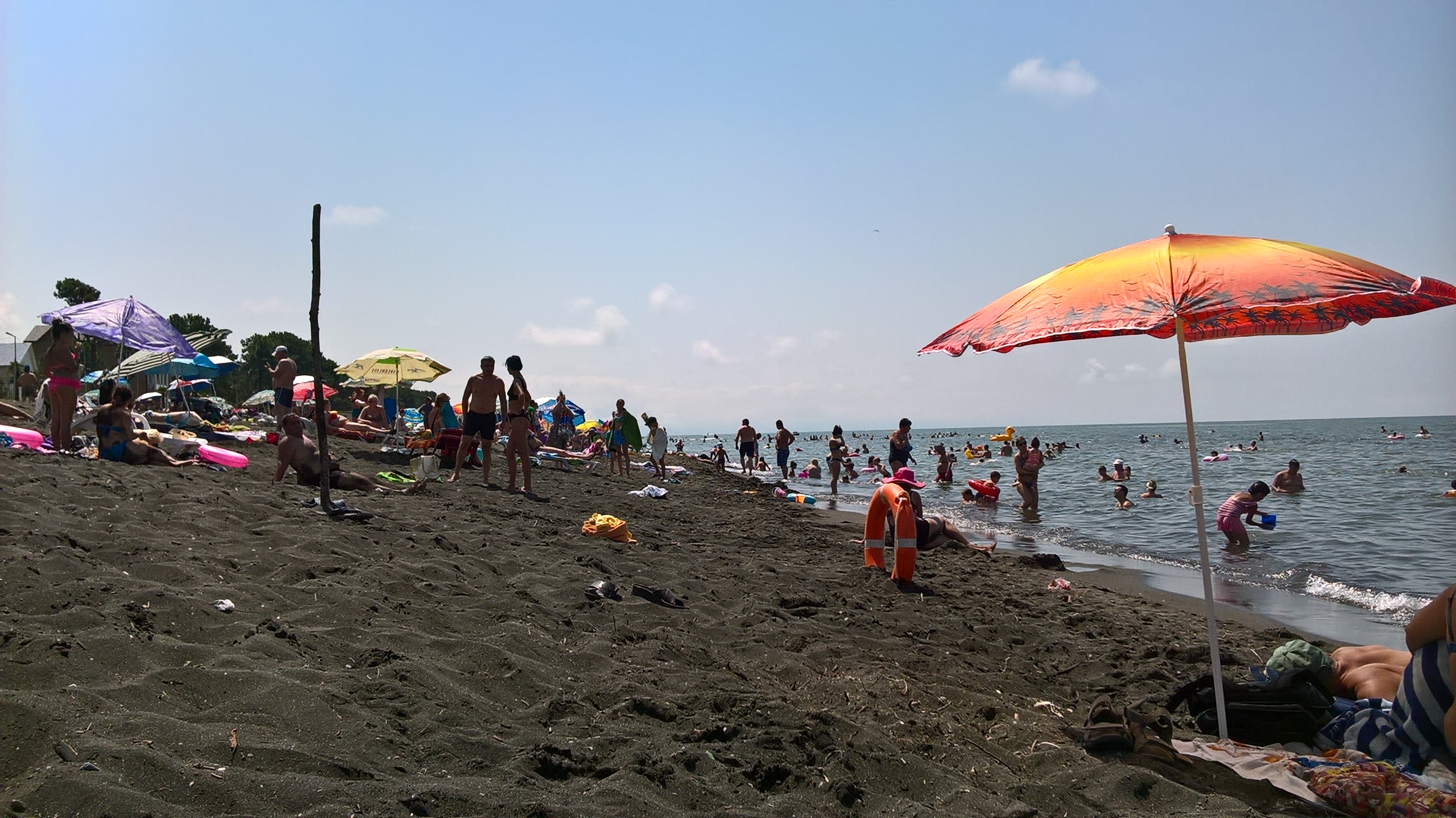
A popular beach down famous for its black and slightly magnetic sand that allegedly has healing properties, Ureki provides the perfect beach getaway. 60km north of Batumi and about 300 west of Tbilisi, the sandy shores of this town are a must-see, for even if it doesn’t end up healing you or stealing your loose change, the fact of the matter is that the existence of the sand itself is a rare commodity, as most Georgian beach resorts are made up of crushed stone or gravel. You can get there by railroad, bus, car and, of course, minibus.
If swimming and lounging on the sandy beach doesn’t cut it for you, make sure to check out Kolkheti National Park and Paliastomi Lake; the ruins of the Jikhnajiri fortress in the eponymous village; the historic city of Vashnari; the Church of Chekhedana; Khino Cathedral, one of three Epharchial Centers of Guria; and Konchkati Church and Castle.
Main photo: georgiatosee
